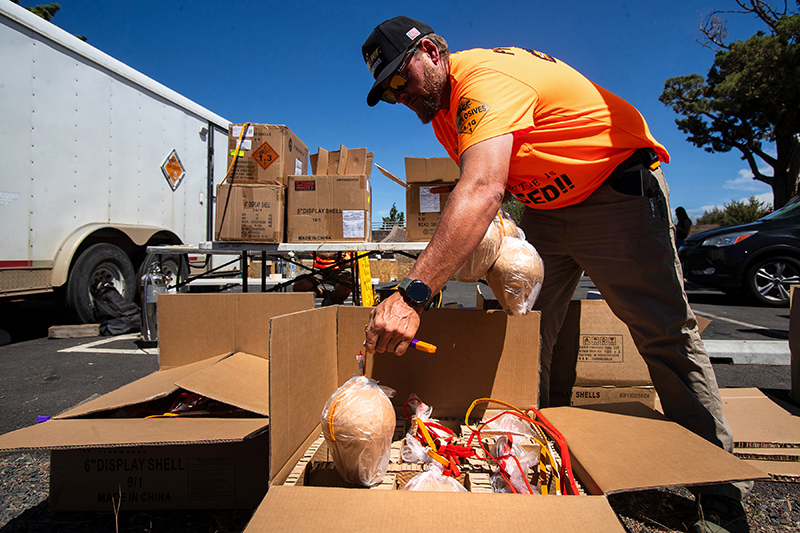Use your at-home time to plant seeds
Published 5:45 am Sunday, April 5, 2020

- Gear Up to Garden!
In this time of canceled appointments, meetings and events, it may sound ridiculous to say, “I haven’t found time to ___.” In my case it is true. I am still trying to find time to purge some of my files, clean windows, start a weaving project and bake a batch of my mom’s gingersnap cookies.
My time is being spent digging through my “someday” gardening file. In mid-March, I started germinating the herb called winter savory indoors in seeding trays under a grow light. The leaves of winter savory resemble the flavors of marjoram, thyme, oregano and sage. The leaves can be used fresh or dried. The seeds are minuscule and are not covered as they need light to germinate. Germination takes 10 to 20 days.
When seedlings are 2 inches tall, they are transplanted for continued growth until plants reach a growth between 4 to 6 inches when they are transplanted to the garden. Prior to planting in the garden, the seedlings need to be hardened off. This is a process of introducing the seedlings to an outdoor, somewhat protected environment for a few hours per day, increasing the exposure over a period of 7 to 10 days. Transplanting should be into premoistened soil on a cloudy day or early in the day. Planting out time will probably be early June.
In total, it is a longer process to get the plants to the garden than I have previously had time for.
A soil thermometer is a gardener’s best friend. Although the air temperature can be a bit nippy, the soil temperature is beginning to range between 40 and 50 degrees, especially in areas of full sun. Soil temperature is taken several inches below the surface. I leave my thermometer in the ground and check it at approximately the same time every day
It definitely is not time to think of planting tomatoes, corn, cucumbers, peppers or any other warm -season vegetable outdoors. Cold hardy vegetables can be considered for planting seeds either in the ground, a raised bed or a container. For container growing, use a good quality commercial potting soil. Our native soil benefits with the addition of soil amendments such as compost. I usually freshen my raised garden boxes with a commercial soil amendment. Your planting site should have an accessible water source.
The soil temperature during the last weeks of March registered at 40 degrees, which is listed as a minimum germination temperature of lettuce, spinach, carrots, cabbage, radish, peas and beets. Granted, germination will occur quicker as the soil temperature climbs to the optimum temperature ranges beginning at 45 degrees.
I have a 16-inch -wide bowl-shaped container that I decided to plant with a mesclun mix edged with radishes. Mesclun mix is a combination of salad greens that usually contain endive, arugula, red and green romaine, kale and leaf lettuces.
Starting seeds in a container is an excellent opportunity to introduce gardening and where food comes from to children. They may even decide to eat what they have grown since they will feel a degree of ownership.
A friend reminded me that an old tradition was to plant garden peas and sweet peas on Good Friday, which is April 10 this year. I remember as a child bewildered by hearing that conversation over the fence between my mother and neighbors. I wondered how that could be when the Good Friday date changes every year. Perhaps it was one of the many time -honored beliefs passed down over generations and apparently renewed by some of us this year.
For more information on Growing Vegetables in Central Oregon visit https://catalog.extension.oregonstate.edu/em9128








